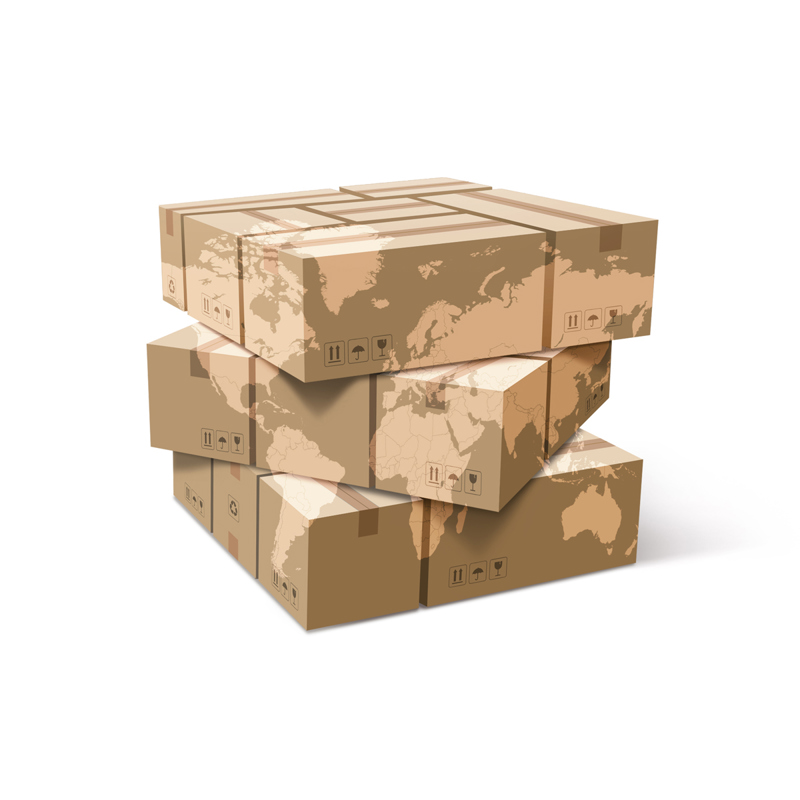Thanks to technology, the world has shrunk. We can hold virtual meetings with colleagues wherever they may be. Thanks to streaming services, we can watch our favorite sports team wherever we may be. And, we can shop from anywhere in the world and make sure we get the product and the price we want.
Of course, for retailers and eCommerce companies, this expanding global customer base brings the opportunity for increased sales along with international shipping challenges that need to be overcome.
According to a report on Shopify, Global ecommerce sales are expected to be more than 20% of global retail sales at $5.5 trillion worldwide in 2022. That’s up from $4.92 trillion in 2021 and $3.35 trillion in 2019.
By 2025, retail ecommerce sales are expected to top $7.3 trillion, accounting for 23.6% of retail sales, according to the report.
There will be plenty of international shipments with all this anticipated growth, adding to the management headaches for retailers, eCommerce companies, and 3PLs that work with them.
Here are three thoughts on making international sales and cross-border shipping a bit less cumbersome:
Reeling in regulations and tariffs
Regulations are fluid, and no two countries are the same. As you expand your international reach, it becomes more challenging to keep in compliance. You need to be aware of the specific requirements around different products — especially weapons, antiques, food, alcohol, and others that may face more scrutiny — to save time and money from having your products sitting in customs longer than they need to be. For example, the Universal Postal Union reformed the tariff system for its 192 member states. In addition, the European Union’s de minimis legislation came into force in the summer of 2021, which can slow the delivery time and raise the cost of getting products into customers’ hands.
Automating international shipping documentation
If your goods get stuck in a port, airport, or border for several days due to not having the correct shipping or customs documentation, you could face some hefty storage fees, not to mention some unhappy customers. While not every international shipping and customs form is eligible for electronic documentation in every country, more are getting up to speed. So ensuring you can automate the processes and printing your important international documents can save you hard-earned profits.
Increased cross-border consolidation
By palletizing multiple packages labeled for final-mile delivery, the consolidated shipment is delivered to the destination country and then injected into that country’s shipping stream until each package reaches its destination. This helps cut down on customs delays, costs, damage, and headaches. Managing this intricate shipping takes a deliberate and optimized effort to ensure proper labeling, documentation, tracking, and other factors are correct to limit slow-downs and expenses it is made to avoid. Transtream, for instance, simplifies shipping to and from Canada by creating final-mile parcel labels at the time of shipment processing and consolidating those shipments on a container for cross-border movement and drop shipping into the local carrier network. This streamlines customs clearance while speeding delivery.
As international eCommerce continues to grow, retailers will continue to face challenges of getting orders into the hands of consumers quickly and efficiently. The right multi-carrier management solution, such as Transtream, can help streamline complicated cross-border shipping.
